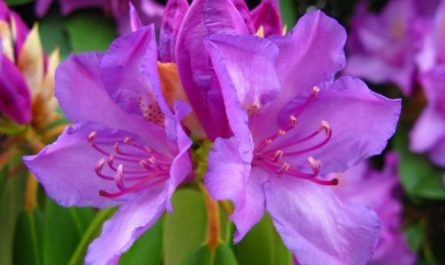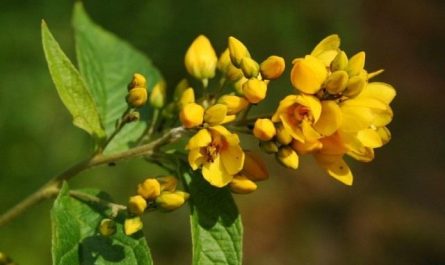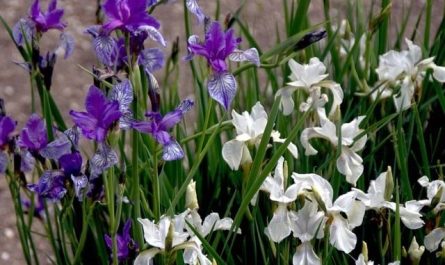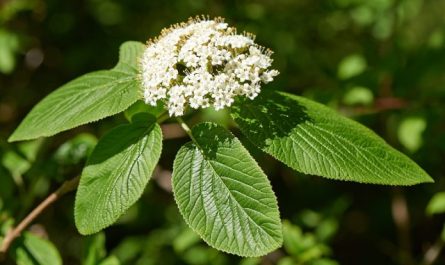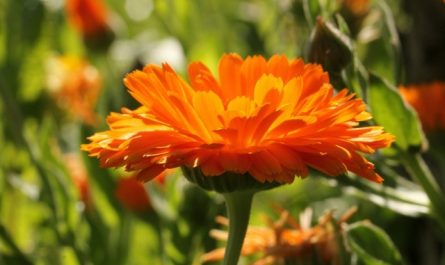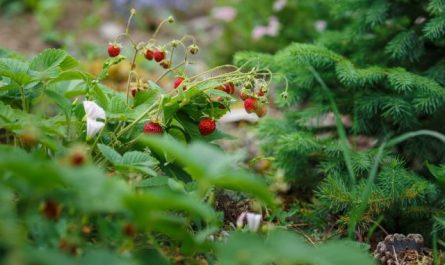Mint is a popular plant, well known to cooks, gourmets and gardeners. But flower growers pay less attention to this crop, occasionally using only the variegated white-edged variety of mint in decorative compositions. Relatively recently, we have become able to grow another “overseas” decorative type of mint – Corsican. The seeds of this plant are increasingly found in online stores. What are the features of this amazing mint? I will tell you about my impressions of Corsican mint, based on the experience of growing it from seeds, in this article.

Corsican mint – botanical reference
Corsican mint (Mint of Requiem), also known as creeping mint – a creeping plant, resembling dwarf thyme in appearance. The homeland of this plant is the Mediterranean regions of Sardinia, Corsica and France.
Corsican mint is a groundcover plant with thin shoots that creep along the ground, densely covered with miniature round leaves from 3 to 7 millimeters in diameter. When touched, they emit a fairly strong minty aroma.
Since it is a very low-growing plant, the carpet of Corsican mint is almost flat and rarely exceeds 3-5 centimeters in height. Like peppermint, this species belongs to family Lamiaceae (Lamiaceae) and is the smallest of all existing mint species.
Very small purple flowers of this mint appear in mid-summer, they are scattered rather sparsely over a carpet of emerald leaves and do not represent any particular decorative value. The diameter of the bush is on average 15-30 centimeters, but the plant spreads quite quickly with the help of thin stems. They take root as they grow, populating more and more new territories. Keep in mind that, like most types of mint, Corsican mint easily spreads by rhizome, and also self-sows, that is, it can be somewhat aggressive. However, since the plant does not overwinter in our area, it does not become a malicious weed.

Growing conditions for Corsican mint
Corsican mint tolerates full sun or partial shade. Almost any type of soil (sandy, black soil, loam, etc.) is suitable for the plant. At the same time, the soil should be moisture-intensive and well-drained. Acidity can also be any, and both acidic and alkaline or neutral soils are quite suitable for mint.
As a perennial, this plant is suitable for growing in USDA plant hardiness zones 7 through 9. In the middle zone (zones 3-4), Corsican mint freezes, but in the fall it can withstand a slight minus (up to -5 degrees) for a long time, remaining green. In a warmer climate, it can easily overwinter under a thin layer of mulch.
Corsican mint is generally an unpretentious plant, but can be somewhat picky about watering. This plant does not tolerate drought. The soil should be constantly moist, but not wet (without stagnant water).
Fertilize Corsican mint once every two months using a balanced, water-soluble fertilizer. Corsican mint tends to grow fast and can become “fat,” so avoid overfertilizing. Corsican mint also does not tolerate neglect. Under such conditions, it begins to suffer from fungal diseases, so it requires good air circulation.

Growing Corsican Mint from Seeds
In the middle zone, growing Corsican mint begins with sowing seeds indoors. Since mint does not develop very quickly at the very beginning of growth, it is best to sow the plant for seedlings in early March. For sowing, use a light, well-drained mixture for growing flower seedlings, which is preferably sifted. The seed container must have a drainage hole.
The seeds are evenly distributed over the surface of the moist substrate, there is no need to cover them with soil. If you put the container with the crops in the light at a temperature of at least 20 degrees, the seeds germinate quickly, in about 5-7 days.
Corsican mint seedlings should be placed in conditions where they will receive morning sun but will be protected from intense daylight to prevent them from getting burned or suffering from heat. Water the plant regularly to keep the soil moderately moist, but reduce watering in cloudy weather.
Using Corsican mint in landscape design
Corsican mint is well suited for planting near steps, retaining walls or paths, as its wonderful aroma can be released when brushed against the mint during movement. However, it is not suitable as a living lawn – it is too delicate to withstand intensive trampling.
Where the plant is not winter-hardy, mint is grown as an annual plant. In this case, Corsican mint is used as an ampel in small hanging baskets, and also as a carpet plant that covers the soil in pots under taller specimens.
If the seeds of Corsican mint are sown in fertile soil, they will often germinate the following spring, and such shoots can be observed for several years.

My experience of growing
I bought Corsican mint seeds in one of the online stores. I decided to buy an unknown plant, tempted by the illustrations, where an emerald plant with small leaves was picturesquely descending from a flowerpot. The seeds of Corsican mint are very small, almost dust-like. But, fortunately, they were covered with a shell and were multigranules, that is, dragees that combine several seeds at once.
I spread the multigranules with a toothpick on the surface of the moistened substrate. In my conditions, the seeds germinated very quickly – in 6 days. The Corsican mint seedlings were very tiny, and from each multigranule a whole bunch of shoots appeared. Due to the fact that mint can grow very crowded, such babies did not need to be separated at all. As soon as they grew a little, I transplanted them into separate cups in bunches.
The Corsican mint grew very quickly, and soon its thin stems rushed over the edges of the pot. To be honest, I hoped until the very end that the leaves of this mint would at least increase in size a little as it grew. I had never seen such mint in real life before, and from the photos on the Internet it was still very difficult to imagine the true scale of this plant.
Initially, I imagined this mint to be the size of a dichondra or a nummularia. However, this turned out to be completely wrong. As it turned out, the Corsican mint is a tiny thing, and if you have ever seen a room soleirolia, then it will be much easier to imagine its size – these plants are identical in size.
In mid-May, I planted Corsican mint seedlings in a container within a vegetable composition of dwarf peppers and potted cherry tomatoes. Over time, the mini-mint covered all the soil in the container and began to hang over the edges by about 10 centimeters. That is, it does not have time to grow a particularly powerful ampel in one season in the middle zone.
In July, the plant bloomed with scattered tiny, two-lipped lilac flowers that were not immediately noticeable. Mostly, I just enjoyed the aroma of the plant by touching its shoots, which gave off a characteristic minty aroma, slightly more delicate and weaker than that of peppermint.
I was hesitant to use Corsican mint for tea, because the website where I bought the seeds stated that it was not a food plant, but an exclusively decorative plant. However, as it turned out later, this information was inaccurate.
In addition to using the plant as a fragrant, fast-growing ground cover in the garden, Corsican mint is a valuable culinary plant. The leaves are used to flavor hot and cold drinks, ice cream, and are added to salads and baked goods. In the original recipe for the famous liqueur Crème de menthe (French for “mint cream”), Corsican mint is an ingredient.


